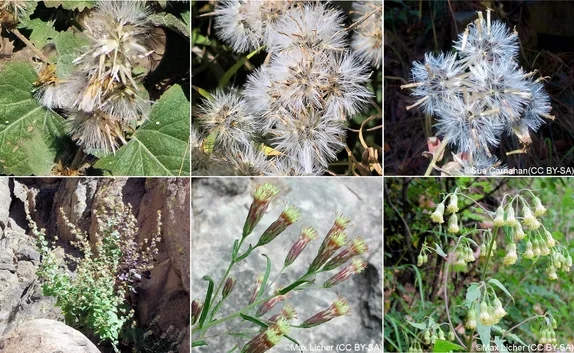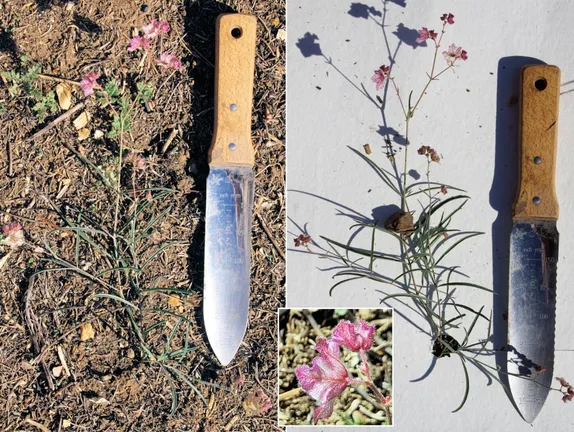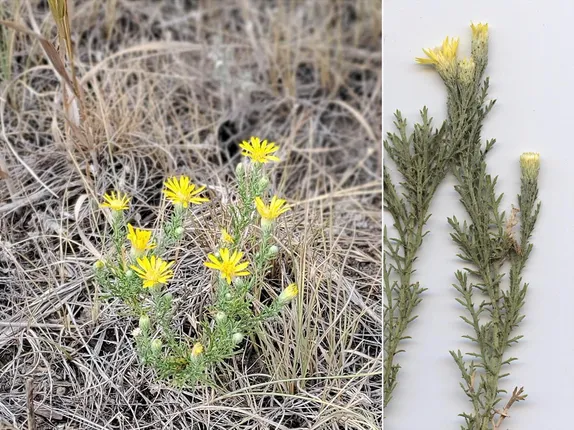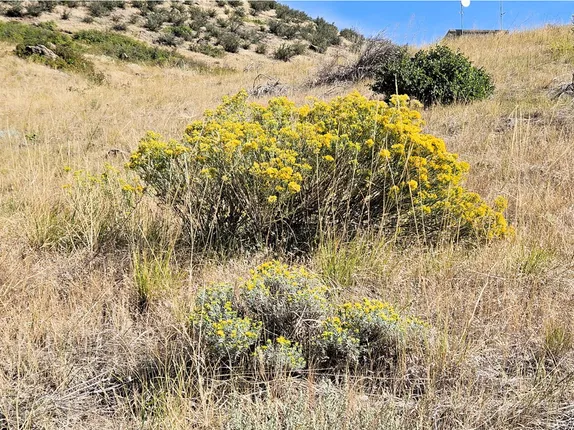By Tom Schweich
There are two pink-ish to lavender flowers in bloom along Golden’s trails now. One is native to Colorado and the other is a noxious weed. Both are pretty.
A very common early spring wildflower in Golden, Rocky Mountain Spring Beauty — Claytonia rosea Rydb. has been found in every Open Space except Schweich Hill. Its Colorado distribution is along the Front Range, up into the foothills, and along the south side of the San Juan Mountains.
While most species of Claytonia are found near water or in damp places, our plant can often be found on rather dry slopes, up to 7500 ft. in elevation.
Our plant was described by Per Axel Rydberg from a plant he collected in La Veta, Colorado, in 1900. Rydberg was primarily connected to the New York Botanical Garden, where he served as a curator. However, he conducted extensive botanical fieldwork throughout the Rocky Mountain region, supported in part by Colorado State University (then Colorado Agricultural College) in Fort Collins, publishing a Flora of the Rocky Mountains and Adjacent Plains in 1917.
The other plant, the non-native Hemlock-leav’d Crane’s-bill — Erodium cicutarium (L.) L'Her. Ex Aiton — is a very common weed. You may know it by other names, such as Red-Stem Stork's-Bill, filaree, or 11 other common names in English or six other common names in Spanish. However, Hemlock-leav’d Crane’s-bill was the common name given for the plant when it was described in 1789 by William Aiton of the Kew Gardens in London. Since it is rare for a plant to be given a common name when it is described, we should continue to use that name.
In Colorado, Hemlock-leav’d Crane’s-bill has been found mostly on the east and west slopes of the Rocky Mountains, though usually not on the eastern plains. Around Golden, it has been collected downtown, in the Survey Field, Dakota Ridge, Heritage Square, North and South Table Mountains, and Schweich Hill. It is a Colorado List C Noxious Weed meaning that it is already widespread, unlikely to ever be eliminated, and allowing counties to enforce control if it's beneficial to that county.






